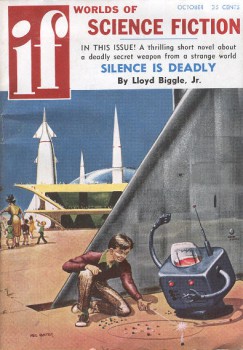 This is the fourth installment in Rich Horton’s retro-reviews of science fiction and fantasy digest magazines from the mid-20th Century. The first three were the February 1966 Analog, the December 1965 Galaxy, and the January 1966 issue of The Magazine of Fantasy & Science Fiction.
This is the fourth installment in Rich Horton’s retro-reviews of science fiction and fantasy digest magazines from the mid-20th Century. The first three were the February 1966 Analog, the December 1965 Galaxy, and the January 1966 issue of The Magazine of Fantasy & Science Fiction.
Click the images for larger versions.
Back to the ’50s for this one. If is a magazine I remember with affection, even though I never saw a precisely new copy — the last issue, except for an abortive one issue 1986 revival, appeared in December 1974, just a couple of months after I started buying magazines, but my source (Alton Drugs in Naperville, IL) didn’t carry it. But its evident sense of playfulness, at least in the Pohl years, has always appealed to me.
At any rate, this issue appeared at a portentous time – its issue date is October 1957, the same month that Sputnik I was launched. So this magazine is from the very cusp of the Space Age.
Indeed, I have a few magazines on hand from roughly the same time (1957, or up to January 1958 – which certainly went to press before the news of Sputnik), and I propose to cover them in the next few old magazine reviews.
The title is one odd aspect. Is it If: Worlds of Science Fiction? Or is it Worlds of If? Apparently the original title was officially If: Worlds of Science Fiction, but it wobbled early on, at least as to its display. In 1972 the then publishers, UPD, officially changed it to Worlds of If. (All this from Phil Stephenson-Payne’s wonderful Galactic Central site.)
At any rate this issue appears fairly unambiguously to be If: Worlds of Science Fiction. The editor (and publisher, and indeed founder) was James L. Quinn. (Confusing because a later publisher was named Guinn.) (And I should note that though Quinn was publisher from the start, the first editor was Paul Fairman.)
…
Read More Read More
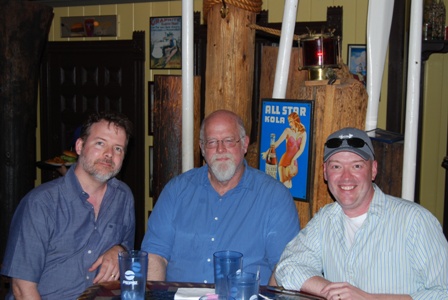

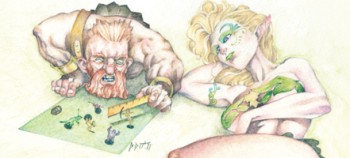
 Serial storytelling is something of a mystery; even more so, perhaps, than most storytelling. When done right, it seems to hook an audience, to get them to invest heavily in the story being serialised. But for whatever reason, most serial forms have been pigeonholed as strictly popular arts; serial storytellers have generally been assumed to have a low amount of literary ambition. These presumptions about serials, and the way the form works, have always intrigued me — the more so since I’ve set out to write
Serial storytelling is something of a mystery; even more so, perhaps, than most storytelling. When done right, it seems to hook an audience, to get them to invest heavily in the story being serialised. But for whatever reason, most serial forms have been pigeonholed as strictly popular arts; serial storytellers have generally been assumed to have a low amount of literary ambition. These presumptions about serials, and the way the form works, have always intrigued me — the more so since I’ve set out to write 
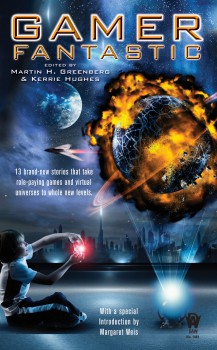 Gamer Fantastic
Gamer Fantastic I’m beginning to wonder when Interzone will be retitled Jason Sanford’s Interzone; the guy seems to snag the magazine’s featured author slot more times than most. Case in point is the May/June issue in which Sanford’s “Her Scientification, Far Future, Medieval Fantasy” gets top billing, “plus other new stories” by Suzanne Palmer, Lavie Tidhar, Will McIntosh and Jon Ingold. I normally find Sanford intriguing, but this is one of those “I’m in an artificial reality, and I find out that I’m not as real (or more than real) as I thought” stories that is okay but doesn’t add much to the trope that hasn’t already been done before. The first paragraph is a real hoot, though, which I felt the rest of the story didn’t really hold up to:
I’m beginning to wonder when Interzone will be retitled Jason Sanford’s Interzone; the guy seems to snag the magazine’s featured author slot more times than most. Case in point is the May/June issue in which Sanford’s “Her Scientification, Far Future, Medieval Fantasy” gets top billing, “plus other new stories” by Suzanne Palmer, Lavie Tidhar, Will McIntosh and Jon Ingold. I normally find Sanford intriguing, but this is one of those “I’m in an artificial reality, and I find out that I’m not as real (or more than real) as I thought” stories that is okay but doesn’t add much to the trope that hasn’t already been done before. The first paragraph is a real hoot, though, which I felt the rest of the story didn’t really hold up to: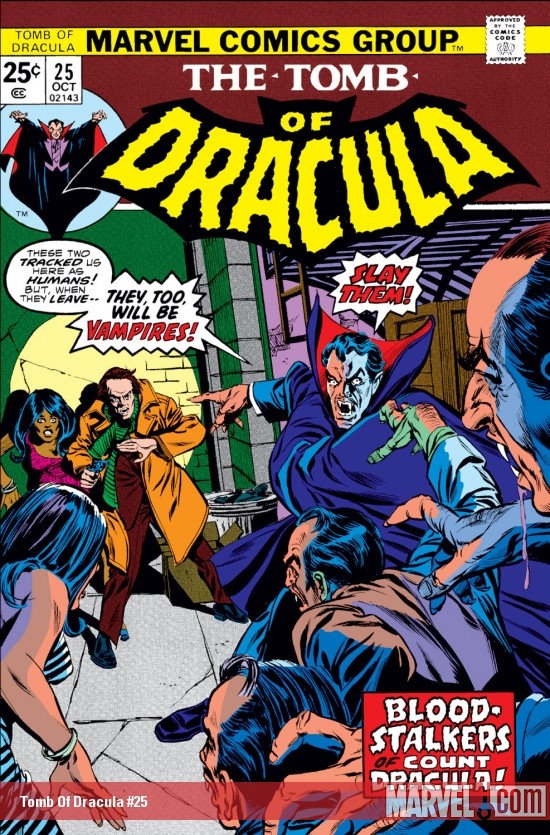
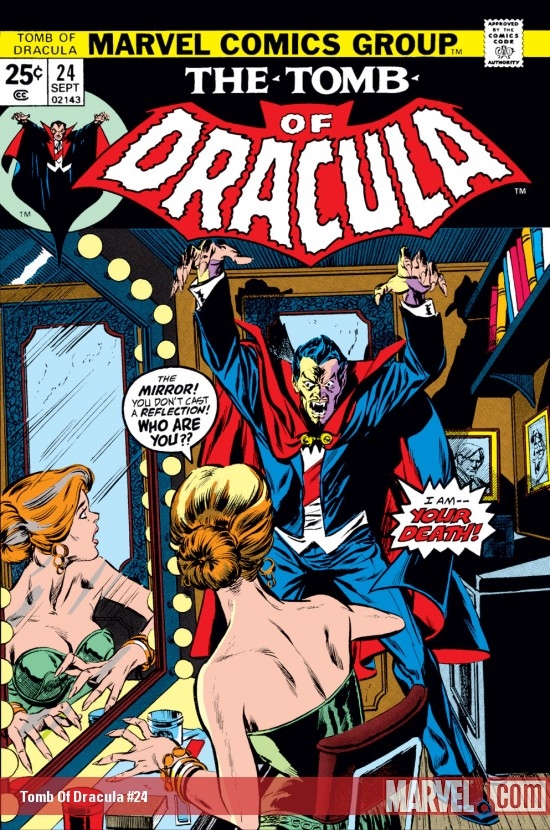
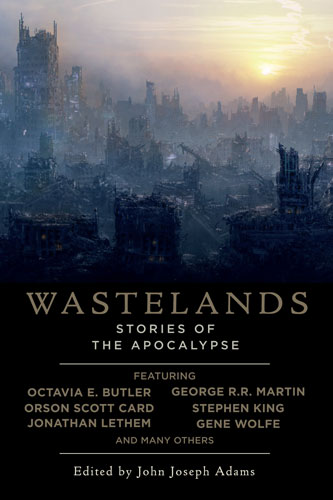 John Joseph Adams
John Joseph Adams 